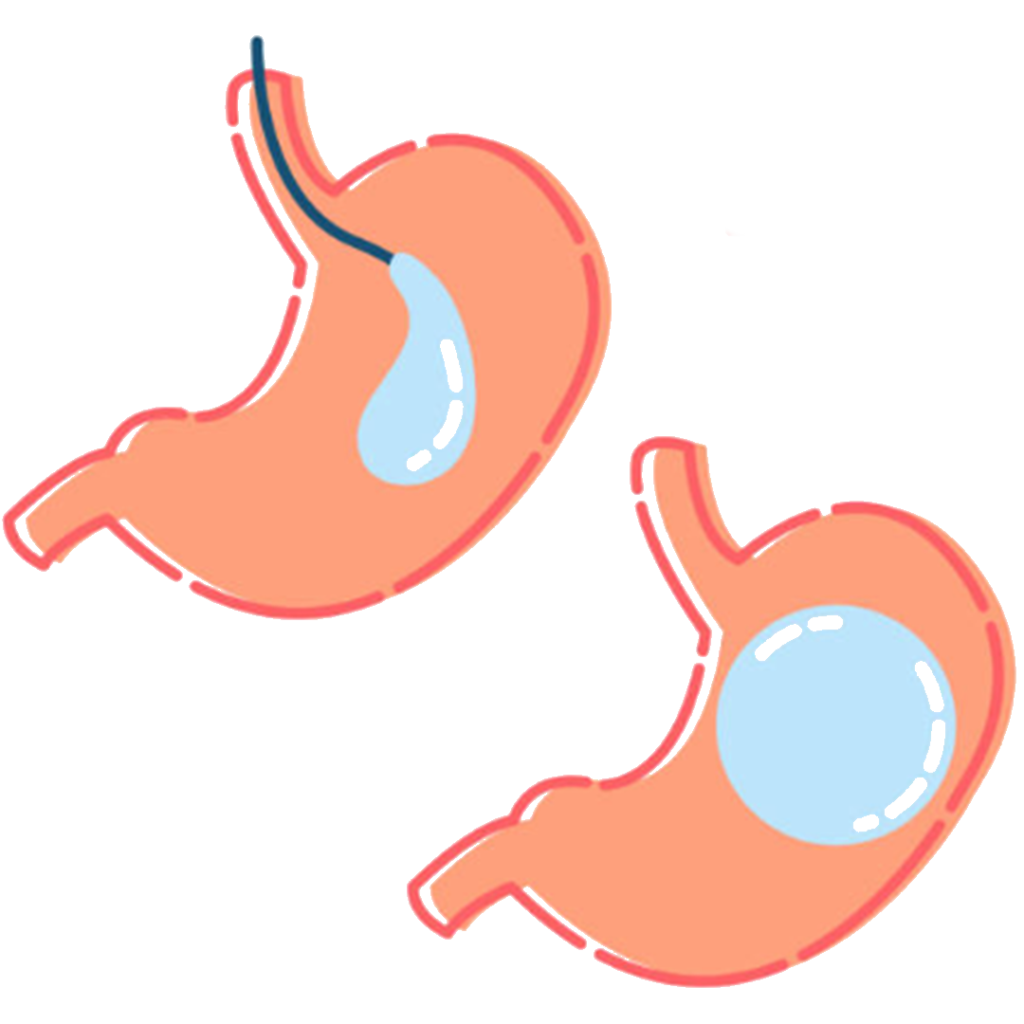Gastric
Balloon
What Is Gastric Balloon Operation
A gastric balloon procedure is a non-surgical weight-loss method that involves placing an intragastric balloon in the stomach to limit food intake. This outpatient procedure typically lasts about an hour and is simpler compared to other bariatric surgeries. There are three types of gastric balloon operations: Orbera, Reshape, and Obalon, each suited for different patient needs based on weight and body mass index. The balloon remains in the stomach for six to nine months, helping patients feel full even after consuming small amounts of food, thus aiding in weight loss.
Candidates For Gastric Balloon Operation
While many obese individuals may consider gastric balloon surgery, it’s not suitable for everyone. Potential candidates include those with a body mass index between 30 kg and 35 kg who are unable to lose weight through diet and exercise alone. Candidates must also be free of certain medical conditions and have not undergone previous gastric or esophageal surgeries. Patients must be over 18 years old to undergo the procedure.

Pre-Operative Advice For The Gastric Balloon
Before undergoing gastric balloon surgery, patients should adhere to several pre-operative instructions:
- Fast for four hours before the operation.
- Inform the doctor about medical history and any medications being taken.
- Undergo necessary X-rays to ensure safety and fitness for surgery.
- Avoid blood thinners, alcohol, and smoking for a specified period before the procedure.
Stages Of Gastric Balloon Operation
The gastric balloon operation involves several steps:
- Clinical examination to assess fat mass and patient goals.
- Patient preparation, including anesthesia and sedation.
- Insertion of the gastric balloon using an endoscope or capsules.
- Filling the balloon with saline solution or nitrogen gas.
- Balloon removal after six to nine months.

Post-Operative Advice For The Gastric Balloon
After the gastric balloon procedure, patients should follow certain instructions for optimal results:
- Adhere to a specific diet plan as recommended by the doctor.
- Stay hydrated by drinking plenty of water before and after meals.
- Avoid smoking for at least two weeks post-procedure.
- Use prescribed painkillers as needed.
- Refrain from heavy lifting or strenuous activities to aid in recovery.

